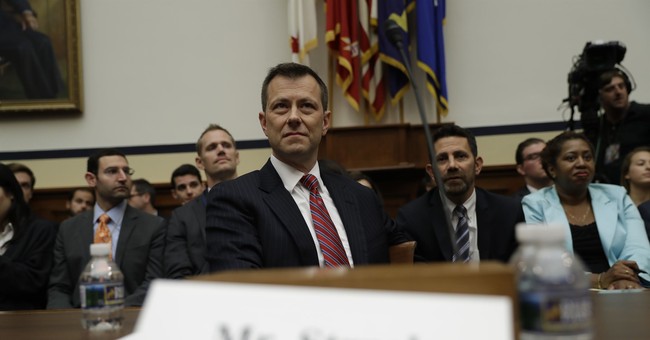
That’s a provocative headline, I know. But the odd nature of the Crossfire Hurricane investigation leaves you a limited number of actors to choose from in deciding who was making critical decisions and why.
When the “whys” in these situations are never established as “facts” — they end up being conclusions. But if they are conclusions based on facts, they lead to incarceration just the same as a fingerprint or DNA.
Yesterday I first took on the task of reading the 57 page FBI 302 covering the three-day interview of the person identified as “Primary Subsource” for the collection of speculative memos delivered by Christopher Steele to various US government officials and members of the press. At the end of the 57 pages I realized it only told me what I already knew from reading the Steele memos — i.e., that Steele’s Primary Subsource conceded that much in the memos was unsubstantiated, he was uncertain if his sources were really in a position to know what it was they were reporting to him, that he didn’t know the sub-sources that his sources turned to for information, and he was nervous about raising these subjects too directly so he sometimes never went back to followup or make further efforts to confirm.
Then I took a look at the “typewritten” notes from Peter Strzok that are “attached” electronically to a captured article from the New York Times dated February 14, 2017, stating that Trump Campaign and Administration officials had been captured by US intelligence agencies having contacts with Russian Intelligence Officers. I wish I had gone to that document before wasting so much time on the 57 page 302. To me, the Strzok notes lead to some very interesting possible conclusions.
The timeline is important here, and I’m not pretending to capture it fully in this story — doing so would take too much time. I welcome all to add to the timeline in the comments, and at some point I’m going to do a longer deconstruction of events against the backdrop of a detailed timeline. Unless you closely scrutinize decisions and events in a temporal context, you can miss how items might be related to each other in ways that are not obvious. Too often analysis can go off on tangents by not recognizing that some facts only came into focus long after an event under consideration, so those facts need to be filtered out when trying to understand the event. “What you didn’t know you didn’t know, so those facts could not have influenced your thinking or actions” is a way to express this. Using a timeline helps expose — and contain — that kind of analytical problem.
So, let’s consider the entries in Strzok’s notations about the content of the NYT article against the backdrop of what was known to the investigators at that point.
Peter Strzok’s notes are a stunning indictment of the NYT’s reporters on the story. His notes reveal that the three reporters were nothing more than useful idiots to the four sources they claim to have relied upon. I read — though I haven’t seen it myself yet — that the NYT response to the revelations in Strzok’s notes was to defend their reporting merely on the basis that “they stand by the fact they were told the things they reported in the story.” So I guess they are confirming they are, in fact, useful idiots rather than independent-minded journalists trying to uncover and report facts.
What struck me first about the document released was the format. The NYT article was scanned into a word processing program of some sort, and Strzok then attached “reviewer notes” in the margin on the right side. This strikes me as something he was tasked to do by a supervisor — someone wanted his informed views on the comments made in the article. The format he chose suggests to me that after making his notes he transmitted this document to someone else who wanted to know Strzok’s reactions to what was attributed in the article to the FBI.
If a senior FBI official overseeing all counterintelligence investigations in the Bureau opens the NYT and reads an article about what the FBI has done and what the FBI knows in connection with a highly sensitive CI matter that is not yet public, and the result is that Peter Strzok is tasked with going through that article and confirming/contradicting the claims made therein, who in the Chain of Command might that be? MY GUESS – and maybe the source of the article with Strzok’s notes — is that person was Bill Priestap, his boss.
Priestap, as the Assistant Deputy Director for Counter-Intelligence is likely very unhappy on the morning of Feb. 17 to read in the NYT about maybe the most sensitive CI investigation then underway. But this investigation is also problematic for him because he knows — as he testified to — that the “relationship” between Strzok and Lisa Page means that Strzok’s actions and thinking are sometimes going around him and straight to McCabe via Page.
The Assistant Deputy Director of CI is not going to know, or be kept up to date in real-time, on the details of every CI investigation in the Bureau. So when he reads in the NYT what the FBI knows or doesn’t know, and what he reads not consistent with the facts that he’s been briefed on, he’s going to reach out and “touch” someone who can give him a specific and direct answer on what is true in the article and what is not true in the article.
The article claimed:
Phone records and intercepted calls show that members of Donald J. Trump’s 2016 presidential campaign and other Trump associates had repeated contacts with senior Russian intelligence officials in the year before the election, according to four current and former American officials.
Here are Strzok’s typewritten notes to whoever it was that asked him for his comments:
This statement is misleading and inaccurate as written. We have not seen evidence of any individuals affiliated with the Trump team in contact with [Intelligence Officers]. The FBI has information on the following individuals in contact with Russians (both Governmental and non-Governmental) [REDACTED] There is no known intel affilitation and little if any GOR [Government of Russia] affiliation. FBI investigation has shown past contact between Page and the SVR, but not during his association with the Trump campaign. [REDACTED] reflect contact between one Manafort associate and Russian intelligence. [REDACTED] reveal contact between Amb. Kislyak and Flynn, Sessions, and [US Person].
This is as of February 2017 – 7 months after Crossfire Hurricane was started, and 4 months after the FISA warrant was secured concerning Page. “We have not seen any evidence …. Trump team in contact with” Intelligence Officers. Strzok sits atop the FBI investigation on an operational basis — he knows what they have and what they don’t have because it’s his job to know. Any such evidence would have come to him – it would have been the CRITICAL evidence they were looking to find.
From the NYT:
But the intercepts alarmed American intelligence and law enforcement agencies, in part because of the amount of contact that was occurring while Mr. Trump was speaking glowingly about… Vladimir Putin.
The officials said the intercepted communications were not limited to Trump campaign officials, and included other associates of Mr. Trump.
Strzok’s notes state:
[REDACTED] We do not know nor can we figure out what this means or where it might be coming from (i.e., something we can identify as a source of misunderstanding.)
The source of this “leaked” misinformation is a concern based on Strzok’s notes — where this is coming from. Is it the result of miscommunication as to what the FBI has uncovered and/or not uncovered? Or are other purposes behind the leak of inaccurate details?
NYT Story:
The officials said one of the advisers picked up on the calls was Paul Manafort… has worked as a political consultant in Russia and Ukraine. The officials declined to identify the other Trump associates on the calls.
Strzok’s Notes:
We are unaware of any calls with any Russian government official in which Manafort was a party. If this material is held by the USIC we are not aware of it. Both CIA and NSA are aware of our subjects, and throughout the summer we provided them with names and selectors for queries of their holdings as well as prospective collection, consistent with their authorities.
In this note, Strzok is confirming that in the summer of 2016 – 7 months before he wrote this note – the FBI gave to the CIA and NSA the names of the subjects they were investigating, and “query” instructions for use by both in looking through the data they already had in their databases for information already in their possession. The same information was to be used by the CIA and NSA for future collection of intel data consistent with their authorities. Both search efforts – retroactive and prospective beginning in the summer of 2016 — had resulted in NO CALLS between Manafort and Russian government officials as reported in the article.
NYT Story:
The call logs and intercepted communications are part of a larger trove of information the FBI is sifting through as it investigates links between Mr. Trump’s associates and the Russian government… As part of its inquiry, the FBI has obtained banking and travel records and conducted interviews, the officials said.
Strzok’s Notes:
We have very few call logs. [National Security Letters] have been issued for Manafort, Page, and Flynn, many of which have not yet been returned.
We have issued NSLs for credit reports. We do not yet have detailed banking records. We have coordinated [REDACTED] for travel records.
This passage explicitly details that the sources relied upon by the NYT reporters DID NOT have actual knowledge of the FBI investigation. This information likely came from outside the Bureau — someone who has worked with the FBI on something similar in the past, and would have some insight on the steps the FBI would likely be taking — but without personal knowledge of what had actually been done at that point in time. It could also have come from a former FBI or DOJ official who was in a similar circumstance — knowledgable based on past experience, but not having actual knowledge of the ongoing investigation. That calls into question the reporting and editorial process of the NYT in publishing this story.
NYT story:
Officials would not disclose many details, including what was discussed on the calls, which Russian intelligence officials were on the calls, and how many of Mr. Trump’s advisers were talking to the Russians.
Strzok Notes:
Again, we are unaware of ANY Trump advisors engaging in conversations with Russian intelligence officials.
NYT Story:
The FBI has closely examined at least four other people close to Mr. Trump, although it is unclear if their calls were intercepted. They are Carter Page, a businessman and former foreign policy adviser to the campaign; Roger Stone, a long time Republican operative; and Mr. Flynn.
Strzok Notes:
We have never investigated Roger Stone.
The timing of the story is clearly intended to “push back” against any efforts from inside the White House or by newly installed Trump officials at DOJ to look into the investigation. This is only three weeks after the decision to interview Gen. Flynn, which was followed not too long thereafter by his forced resignation. Gen. Flynn could have unwound what the FBI was up to if he had been left in position to oversee all counter-intelligence efforts from his position as National Security Advisor. This article was written as a warning to anyone else in the Administration who wanted to step up and do what Flynn might have been able to do prior to his ouster.
This is the article that led to the brief aside between Reince Priebus and Andy McCabe at the White House where McCabe told Priebus the story was BS. Priebus asked if the FBI could say that publicly, and McCabe said he would check and get back to him. They only person for him to “check” with would have been Comey. The following day there was an article in the Washington Post claiming the White House was leaning on the FBI to knock down the NYT story. Mission Accomplished. Didn’t matter that the story that McCabe likely “seeded” in some fashion was largely false. The purpose behind the story wasn’t to leak “truthful” details into the press, the purpose behind the story was to keep the Trump White House on its heels, and make them think the FBI had more than it really had at that point in time.
It was another five weeks before Jim Comey stood before Congress and announced to the world that the FBI had been conducting a counter-intelligence investigation into the 2016 campaign of the President of the United States. But he knew in February when this story was published that the details were false.
THAT was true.
What was also true was that the investigation — going on for over 9 months at that point — hadn’t found anything meaningful.
Except that Christopher Steele was a fraud.
But that’s another story.
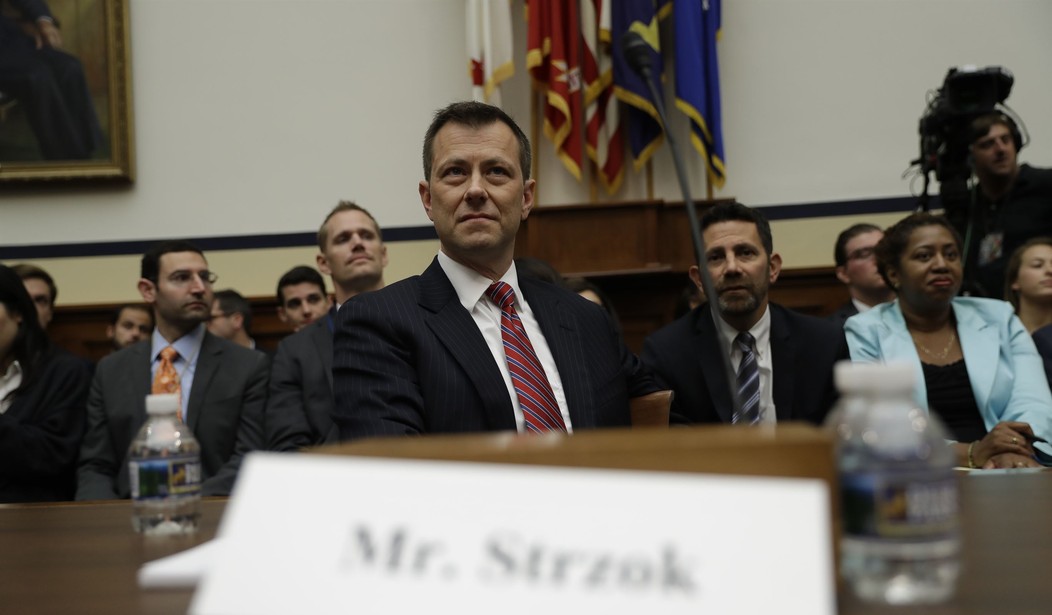

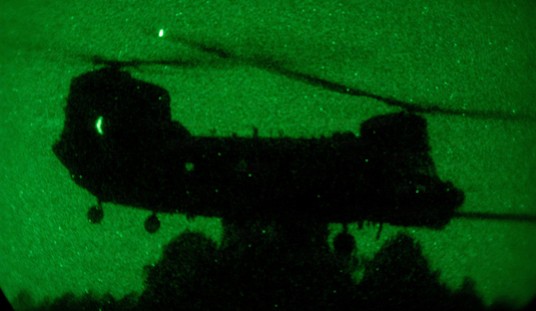
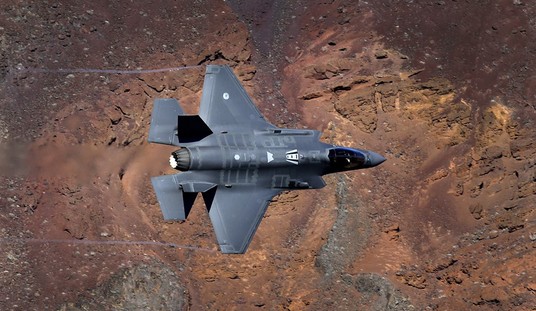




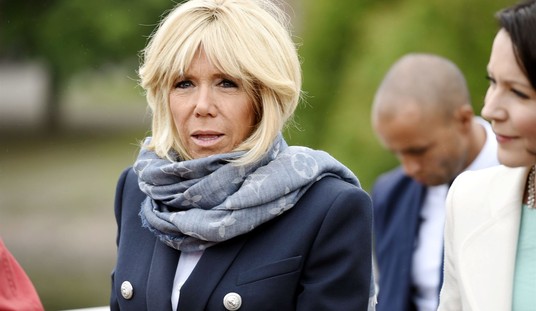
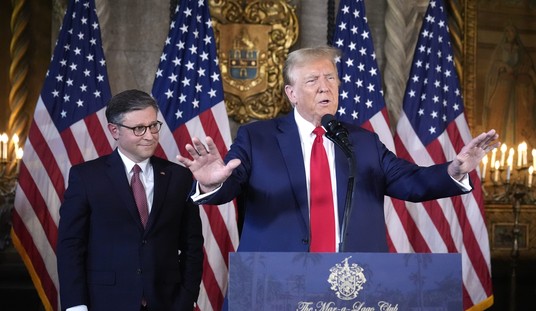


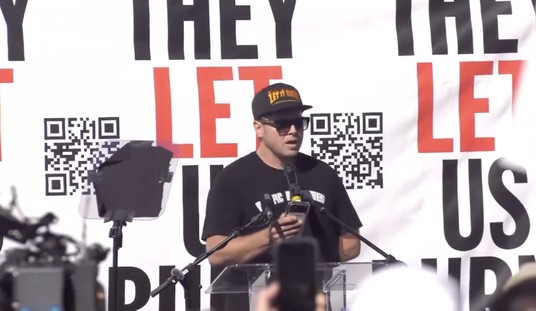


Join the conversation as a VIP Member